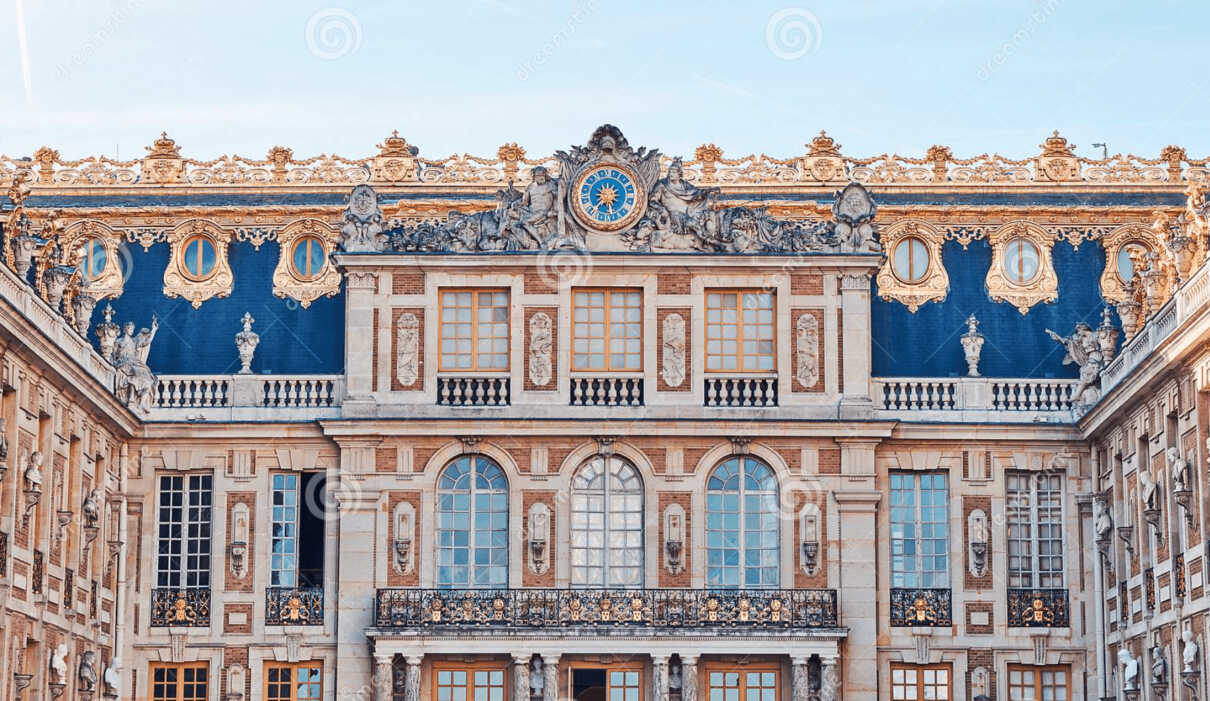The Huetel Palace is one of the most splendid in all of Argentina (25 de mayo county, Buenos Aires Province). Built in the 19th century as a French Chateau in the Louis XllI style.
The Huetel Palace (or Chateau Huetel) was the summer residence of Concepción Unzué de Casares, a person who spent his entire life building urban and rural palaces and churches. All the constructions were luxurious and imposing
The Swiss architect Jacques Dunant, of the French school, drew up the plans for the Chateau Huetel. Its construction began in 1906 and was carried out in stages. The Huetel Palace is a sumptuous construction with unique details such as an imposing marble staircase, woodwork and terraces. The establishment had at that time 60,000 hectares although today it only conserves 7,000. The house has forty bedrooms, despite the fact that Concepción Unzué de Casares was a widow and without children. There, more than 400.000 trees were planted, among cedars, oaks, pines and magnolias, from different parts of the country.
Edward Prince of Wales in Huetel Chateau
At the Chateau Huetel, distinguished guests were often invited to plant a tree. Edward Prince of Wales, did so in 1925. The Future Duke of Windsor was one of the most famous guests of the stay. According to the chronicles of the time, he arrived by train to the establishment, which then had a branch of the Southern Railroad and its own platform.
According to the worldly chronicle, exhausted from formal functions, the prince had the luxury of staying up late in the carriage and not attending the festivities held in his honor. However, at night he was delighted with an exceptional tango show offered by the legendary Carlos Gardel - Jose Razzano, brought especially for that evening. Marcelo Torcuato de Alvear, president of Argentina during the period 1922-1928, was another of the illustrious guests who stayed there.
Concepción Unzué died in 1959, without children. She left her stay to her niece Josefina Álzaga Unzué de Sánchez,. Her daughter, Josefina Sánchez Álzaga Larreta, inherited the property and was responsible for maintaining the magic of the place. Married to Agustín Larreta, now deceased, she had three children (Pablo, Juan and Mercedes), grandchildren and great-grandchildren, who frequent the countryside all year round. In addition, it is not open to the public, and these lands are currently used for agricultural and livestock purposes.
The Chateau Huetel is still inhabited by the heirs and currently belongs to the Sanchez Elía family. There are many curious people who come wanting to know him. However, the secrecy is constant: only the innermost circle has access to the room. The locals know that important personalities are still received in the place, significant dates and emotional weddings are celebrated that are made unforgettable by the imposing scenery offered by the Chateau Huetel.
Other constructions are located in the park such as: the neo-Gothic chapel in homage to Carlos Casares, the garage, the crémerie where butter and cheeses are prepared. The Huetel palace had its own power plant. Huetel means Mulita in indigenous language.
More Chateau Louis XIII Style in Argemtina
How was it possible that a luxurious French Chateau, Louis XIII Style, was so far from France? Huetel was not the only one of these palaces.
The others existing to date are:
Alzaga Unzue Palace - City of Buenos Aires - Today Four Seasons Hotel
El Talar de Pacheco Palace - Pacheco - Province of Buenos Aires
He is Rich like an Argentine
When the French, at the beginning of the 20th century, wanted to talk about the fabulous wealth of a character, they said "Il est riche comme un argentin" ("He is rich like an Argentine"). This economic prestige was the result of a management of cattle and agricultural interests by the upper class.
The sellers of the jewelers of Place Vendôme and of the haute couture houses in Paris knew by heart the names of the clients who arrived from Buenos Aires and referred to the most select trio of them as "the three A's" or "the triple A's" The members of "the three A" were those called Alvear, Álzaga and Anchorena.
The Louis XIII style began when this king built a house pavilion in Versailles. The construction of the building was in stone from Paris with inserted red bricks. His successor, Louis XIV, did not demolish the hunting lodge, but rather expanded it until he reached the building that we admire today. In Argentina, since stone from Paris was not available, the Italian technique of Stucco, similar to Stone, was used. See Versailles on Line Tour

Front of the Versailles
Huetel Location: 35°51'25″S 60°38'5″W
Related PostPaz Palace in Buenos Aires

